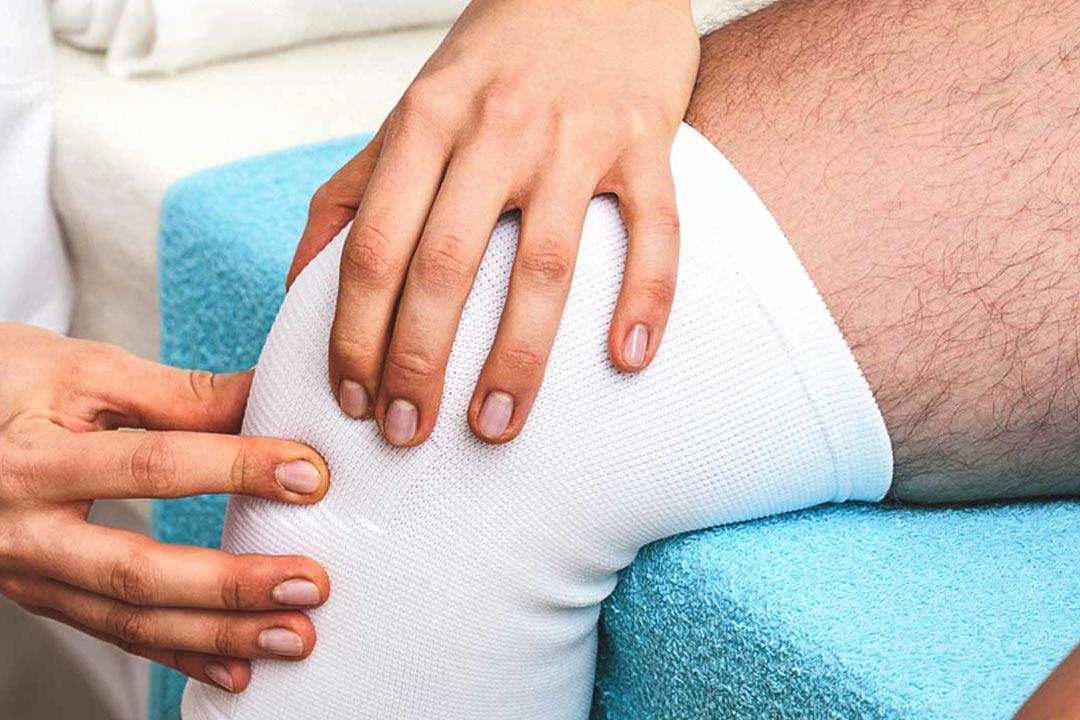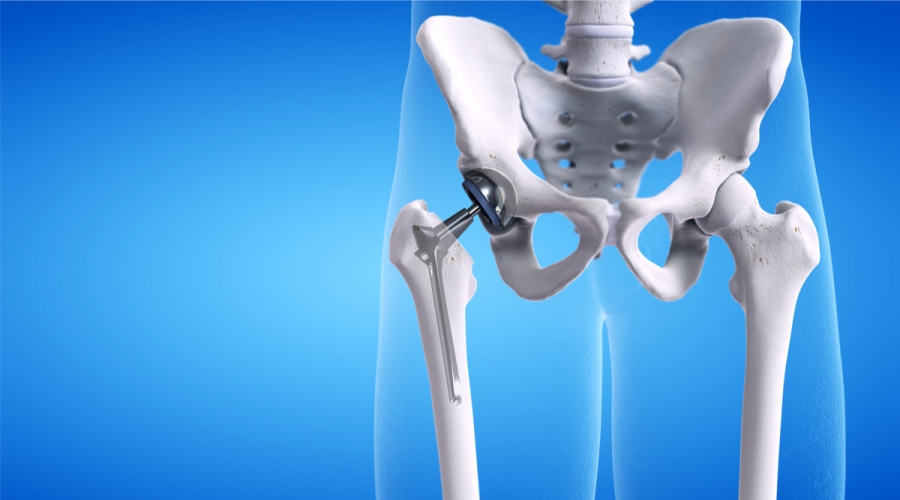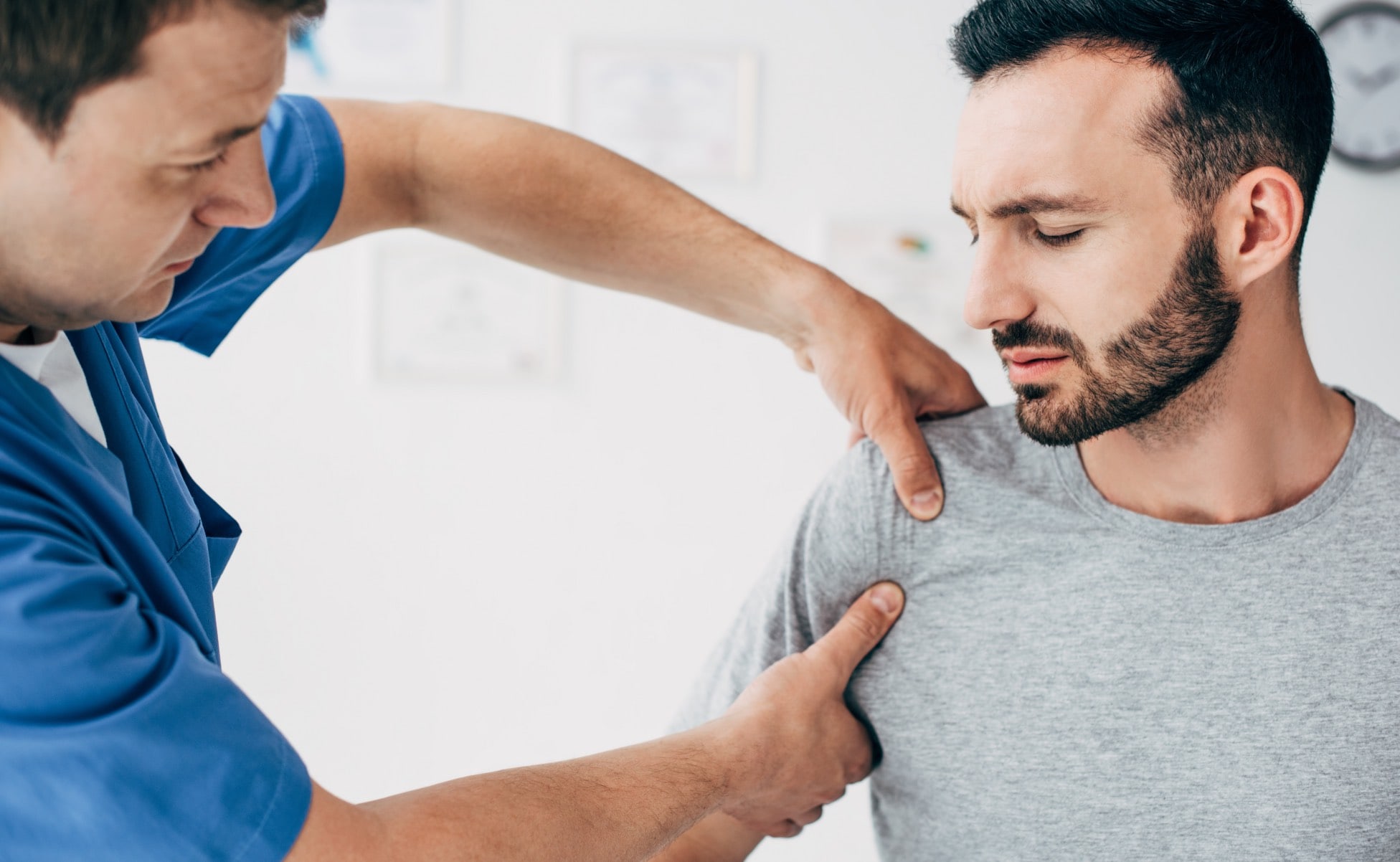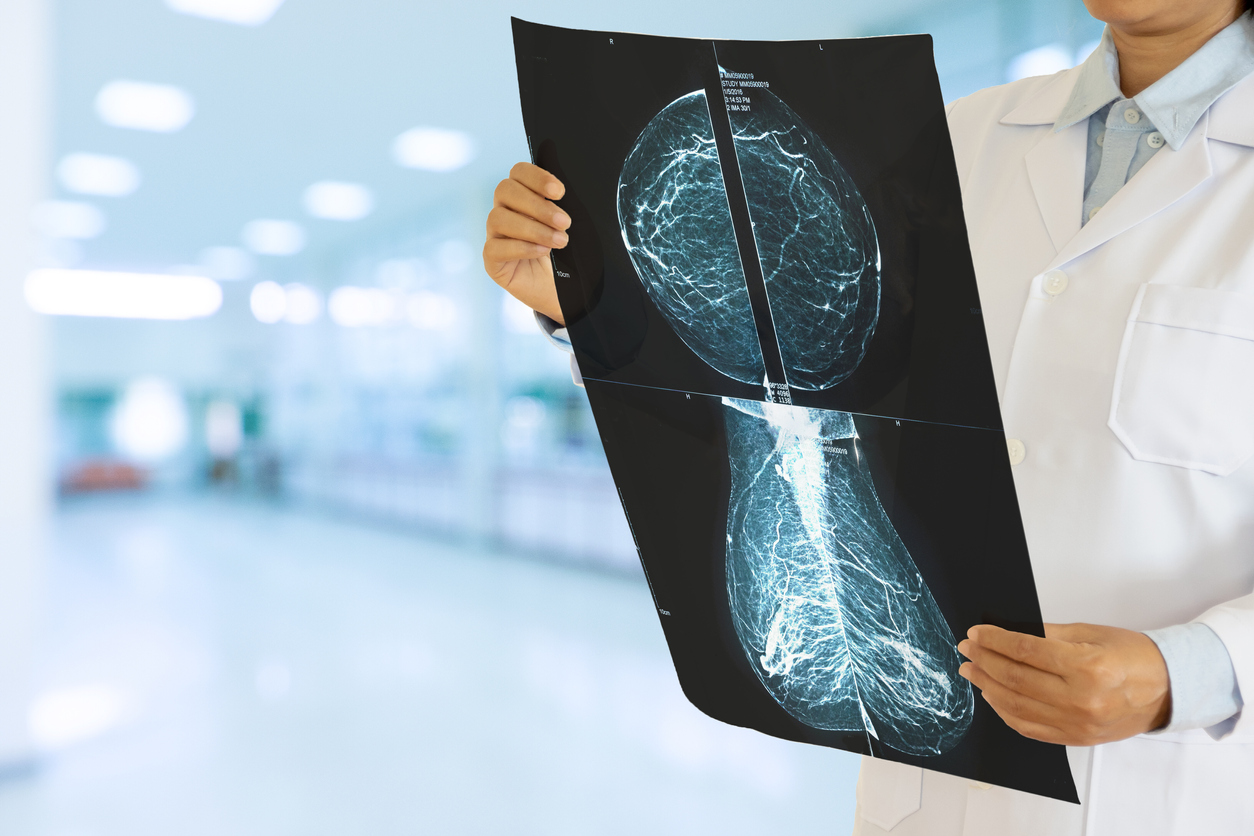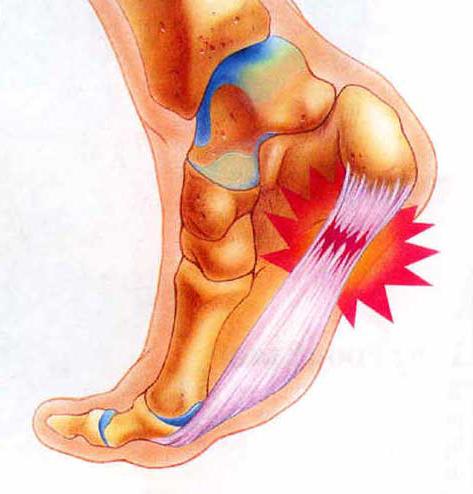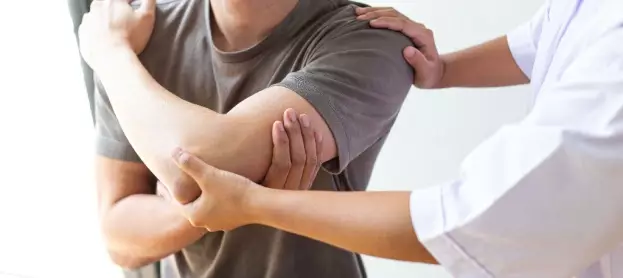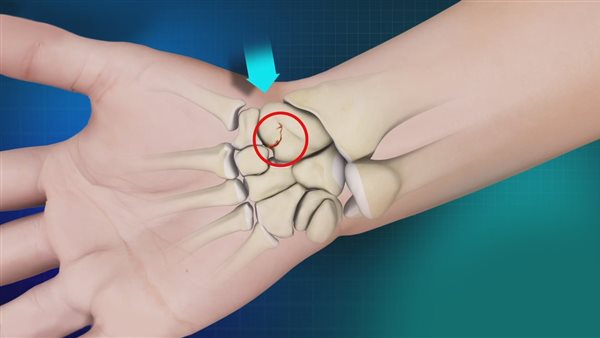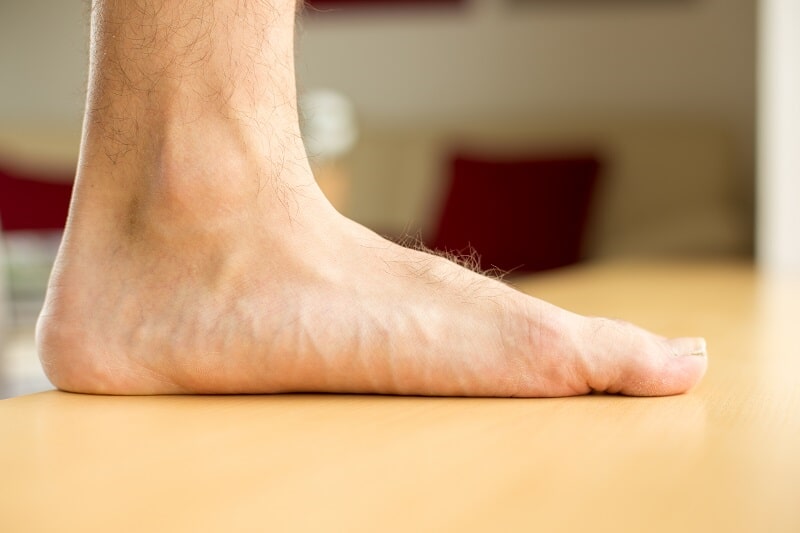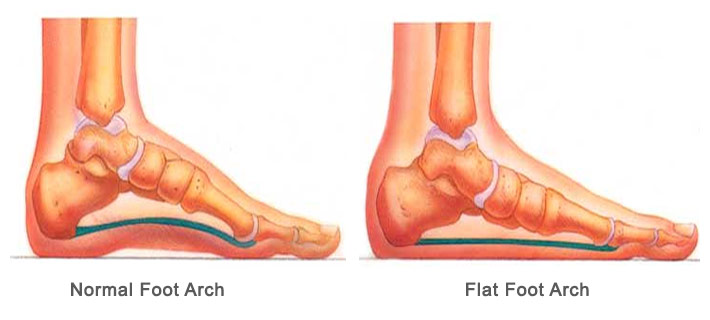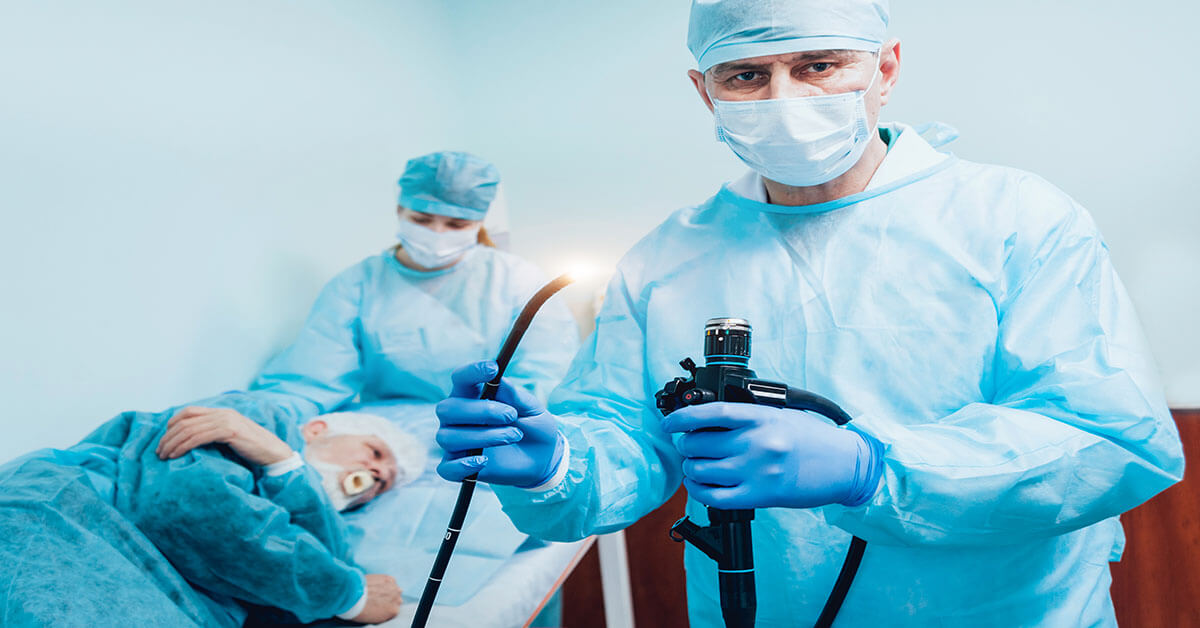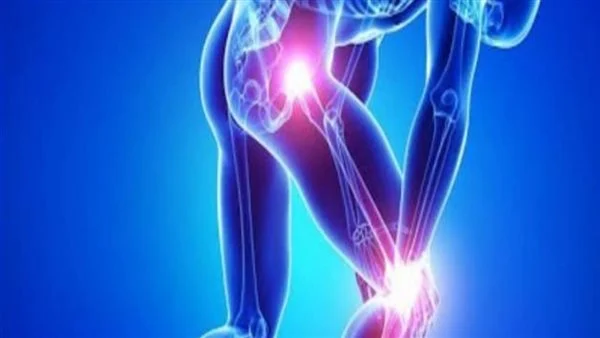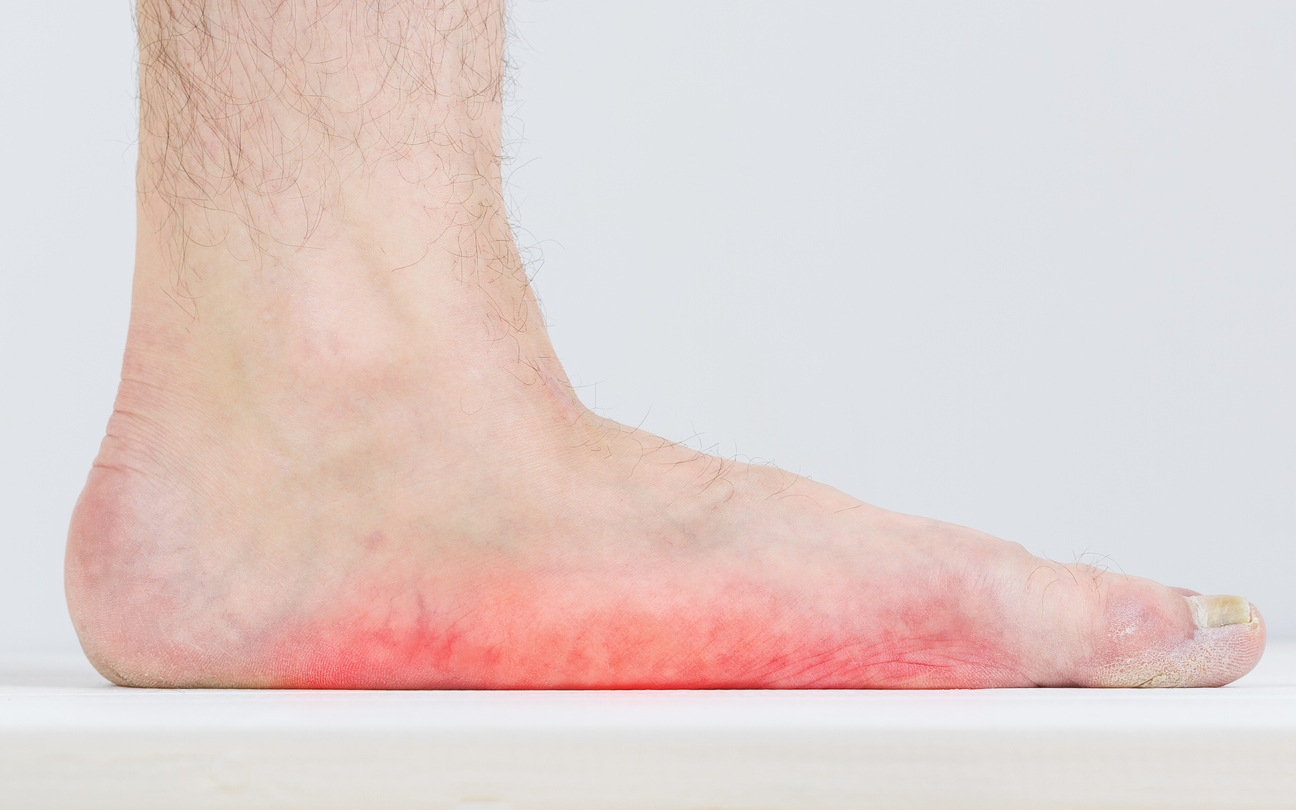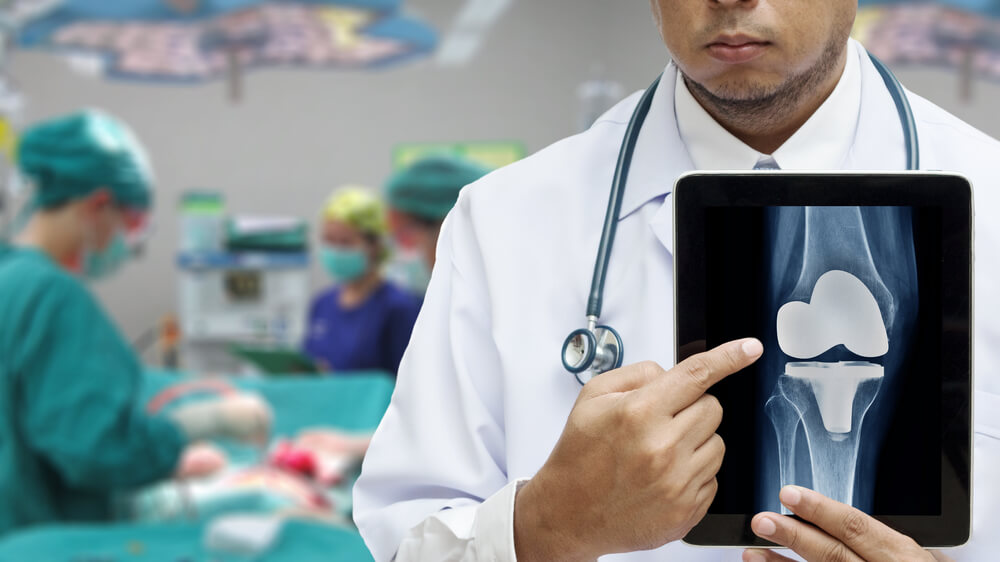What you don’t know about the roughness of the pelvic joint
The roughness of the pelvic joint is one of the things that have many factors and must be focused on treating early before it seriously worsens. In the following article, we will get to know very important information regarding this topic, so let us read the following.
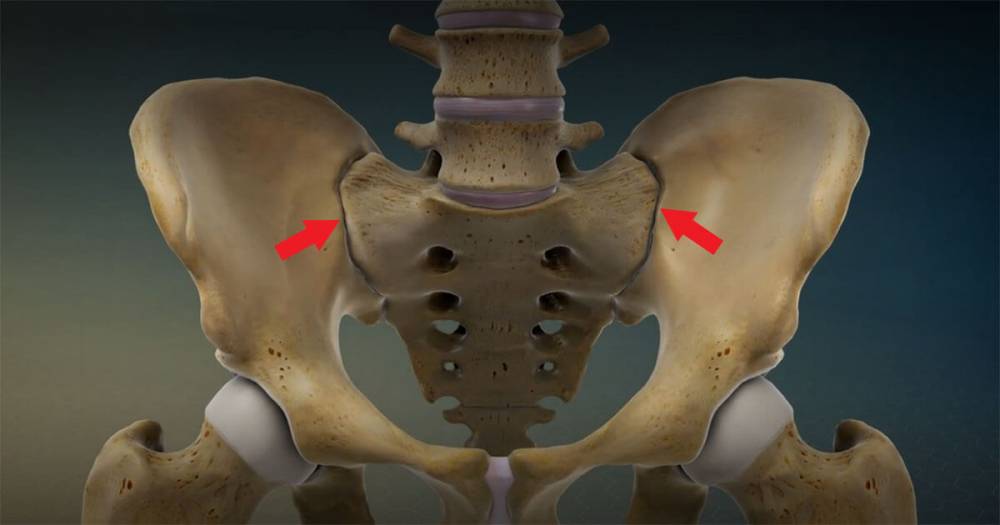
Stiffness of the pelvic joint
The fact that the pelvic joint is subjected to severe pressure because it bears a large part of the body weight, causes erosion of this joint over time, especially the soft cartilage that covers the surface of the joint, which has a major role in the softness of movement, as there is a weakness in the cohesion of these cartilages, which causes cracking. It surfaces until the surface of the bone becomes free from the cartilage that protects it, and this results in friction that causes severe pain for the patient. Roughness may also result in a tearing of the sciatic labrum, and this may occur in middle age.
There are many factors that lead to roughness in the pelvic joint, such as:
- Suffering from obesity, as this causes increased pressure on the joint.
- The occurrence of this is most likely a result of advancing age, as the individual after fifty has less strength of cohesion of his cartilage.
- The presence of a family member with this disease may be a reason for this to be transmitted to the individual through genes.
- Exposure to fractures and injuries in the pelvic joint that cause damage to the lining cartilage.
- The joint is wrong.
- Rheumatic diseases such as rheumatoid.
- Infection with joint tumors, villous nodular synovitis.
Treatment of roughness of the pelvic joint with injections
Treatment of roughness of the pelvic joint with injections is resorted to in cases of roughness that are simple or moderate, in addition to the possibility of using injections in cases of severe injuries if there are obstacles that prevent surgical intervention in order to alleviate the symptoms felt by the individual, and it is not right to say Treatment is used by injection in the case of the roughness of the pelvic joint if nothing prevents resorting to surgery.
The doctor chooses the appropriate injections according to the individual’s condition and the symptoms he feels. Examples of injections that are used in injecting the joint are:
- Hyaluronic injection: It is a viscous liquid that is very similar to what the joint has lost, causing roughness, and the degree of viscosity is very high. Hyaluronic injections are performed in the pelvic joint in order to prevent friction and reduce erosion in the cartilage. It is also injected With plasma that is rich in platelets.
- Platelet Rich Plasma: It is considered one of the methods of treating joint roughness because it contains components that help growth in addition to proteins, and this stimulates the production of new cartilage and relieves the pain that the individual feels.
- Stem cell injections: Stem cells, which are lab-modified cells, are extracted and then injected into the joint in order to re-establish worn cartilage.
Pelvic joint injection
It is possible for the pelvic joint to be treated through injections, whether that is the only method of treatment or if it accompanies some other treatment methods. The doctor may inject the pelvic joint with cortisone in order to put an end to the inflammation that occurs in the pelvic joint, and if this method does not work In treatment, the doctor resorts to anesthesia of the joints around the pelvic joint.
The specialist doctor may also use a syringe that contains some natural substances such as saline and anesthetic drugs, and it is injected directly into the joint, and this will help to tighten the loosened ligaments in the event that they are the reason behind the feeling of pain. In vain solutions that damage the nerve that sends pain signals in that area or freeze it by injection, and this is not commonly used.
Dislocation of the pelvic joint
Dislocation of the pelvic joint is defined as a process in which a defect occurs in the development of the hip joint, and this is a result of the instability of the upper ball of the femur in the socket or the hip socket, and the upper ball of the joint may be completely or partially outside the cavity, and in most cases, it may move That ball inside and outside the socket, this dislocation is diagnosed most often at birth and affects the hips or one of them and is more prevalent in the left hip.
There are many causes that lead to the dislocation of the hip joint, for example:
- The presence of members in the family with such a dislocation, where the percentage of injury to a newborn child ranges from 10 to 15% in the event that one of the parents had a previous injury.
- Some of the ethnic origins.
- Females are more susceptible to it than men.
- A shortage of amniotic fluid in the mother’s womb makes the child unable to move normally.
- The breech position of the fetus during pregnancy.
- The firstborn is more likely to suffer from this than the others, due to the narrowness of the uterus and its lack of flexibility.
- Pregnancy in more than one baby at the same time (twins).
- Swaddling with the hips extended during the first few months after birth.
Dislocation of the pelvic joint affects newborns more and there is no associated pain, but parents may notice the following symptoms in the child:
- A cracking sound is issued from the child’s hips when the knees are folded and the thighs are moved outward, and this snap can be heard or felt.
- There is a difference in the folds of skin under the buttocks or on the thighs on both sides.
- Note that there is a difference in the length of the thigh on one side.
- There is a lack of movement or flexibility in one of the thighs or legs.
- A child’s lameness is noticed when he starts to walk.
What are the symptoms of the roughness of the pelvic joint?
When the pelvic joint is affected by roughness, there are many symptoms that begin to appear in the individual, such as:
- Pain: This is one of the most common symptoms associated with pelvic joint roughness, and this pain intensifies when walking for long distances or straining the affected leg more than others. Rest periods and accompanied by a feeling of heat in the thigh joint, and the severity of the pain cause the individual to wake up from his sleep at night and notice the lameness while walking.
- Decreased range of motion of the joint: With the passage of time, the individual becomes unable to move the thigh well and loses the ability to flex and rotate.
- Lumbar vertebrae: the movement of the natural joint requires movement in the hip joint so that the individual is able to move and walk, and suffering from stiffness in the thigh causes the patient to resort to moving the whole pelvis at once, and this leads to the movement of the lumbar vertebrae that are adjacent to the pelvis sideways at every step Over time, this causes lower back pain and stiffness in the lumbar spine.
- Contrasting hip joint: Suffering from pain and stiffness in one of the joints in the thigh, which results in the individual using the contralateral thigh joint in most of the activities that he performs during the day, and this presses the unaffected joint greatly, causing it to wear and tear over time.
- Knee joint on the injured side: The affected thigh joint is unable to rotate when it changes its direction while walking, and this forces the knee joint to take that rotational movement, which is outside its normal range of motion, causing injuries in the knee area.
What is the treatment for the roughness of the pelvic joint?
The most appropriate treatment method to be followed in the treatment of roughness of the pelvic joint is determined according to the extent of the development of the disease condition of the individual, and it is possible to rely on conservative treatment in the event that the symptoms that the individual suffers from are still in an early stage, and in that case, the following is done:
- Adjusting the individual’s lifestyle so as to reduce the pressure on the pelvic joint as much as possible and not to perform any activities that cause fatigue.
- Take care to lose excess weight in order to avoid deterioration of the condition.
- Follow the physiotherapy program, which is a group of exercises that relieve symptoms and strengthen the muscles surrounding the joint, such as swimming and water sports.
- Taking anti-inflammatory drugs and some painkillers that relieve the symptoms that the individual feels.
- Make warm compresses on the pelvic area and apply some topical creams.
- Use of glucosamine sulfate, which works well in early cases.
- Relying on a crutch when moving to reduce pressure on the right side.
Is walking useful for hip roughness?
Walking is very beneficial for the roughness of the hip as it prevents it from reducing the stiffness of the muscles in that area, but provided that this is done through the use of some tools that help to walk without pressure on the hip affected by roughness.
Symptoms of the roughness of the hip joint
Whatever the causes leading to roughness in the hip joint, the symptoms that appear are in the form of chronic pain felt by the individual in the hip region, especially from the front in the peritoneum region, and these pains intensify with the passage of time, especially when the individual is in a state of movement and during squaring of the feet, In the event that these symptoms are neglected and proper treatment is not taken, this leads to a significant exacerbation of the pain and becomes a companion to the individual even at his time of rest.
Treatment of roughness of the hip joint
It is possible to start treating roughness of the hip joint as soon as symptoms appear in the individual, such as feeling pain in that area, by taking plenty of rest, avoiding overburdening the affected hip, and reducing pressure on it as much as possible. Physiotherapy exercises that focus on strengthening the muscles surrounding the joint can also be done. It takes no effort to do it like swimming.
Treatment of roughness of the pelvic joint with herbs
There are many herbs that have therapeutic properties that help treat the roughness of the pelvic joint significantly and alleviate the symptoms that are associated with it, such as:
- Borage Oil.
- Turmeric.
- Male frankincense (Frankincense).
- Cat’s claw.
- Ginger.
- Eucalyptus.
- Devil’s claw.
- Stinging nettle.
Exercises for the roughness of the pelvic joint
There are many exercises that are done in the event of roughness in the pelvic joint in order to alleviate the severity of the symptoms that the individual suffers from, for example:
Knee raise exercise
In order to do this exercise, follow these steps:
- Sleep on your back with your legs extended.
- Then move the right knee toward the chest while keeping the left leg straight.
- Hold this position for up to 10 seconds.
- Bring the right leg back to the ground and then repeat the previous steps with the other leg.
External hip rotation
This exercise is one of the stretching exercises used in physical therapy for the hip joint, and it is done by following these steps:
- Lie on the right side with the right arm in front of the body.
- Push the right leg out in front of the body and bring the right foot below the level of the table while keeping the left leg extended.
- Then twist the hip and lift the right foot up as high as possible and hold this position for a few seconds.
- Lower the foot slowly.
- Repeat these steps with the left side.
Butterfly exercise
The butterfly exercise is one of the physiotherapy exercises that are used to treat the hip joint, and it is done by following these steps:
- Sit on the floor with the knees bent and the feet touching the soles of the feet together with the knees to the side.
- Then push the knees towards the ground while leaning the torso forward using the elbows.

